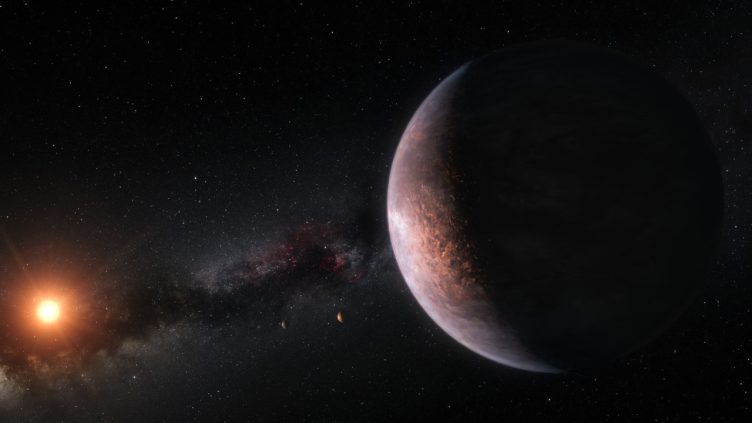A team of Instituto de Astrofísica e Ciências do Espaço researchers developed a way to constrain the radius of an exoplanet knowing its mass, using a machine learning technique.
A team of Instituto de Astrofísica e Ciências do Espaço (IA) researchers has published an article, led by Solène Ulmer-Moll, which shows that by knowing an exoplanet’s mass and equilibrium temperature, it’s possible to constrain its radius, with higher accuracy than previous methods.
Solène Ulmer-Moll, a PhD student at the Science Faculty of the University of Porto (FCUP) explains this result was obtained by using knowledge from different fields: “This novel way to forecast exoplanet radius is a perfect example of the synergy between exoplanet science and machine learning techniques.”
To characterize a planet, both its mass and radius are needed, in order to find the planet’s density, and from that infer its composition. But both data are only available for a reduced number of exoplanets, since the mass is often determined by radial velocity1 measurements, while radius is measured with the transit method2.
Notes:
- The Radial Velocity method detects exoplanets measuring tiny variations in the (radial) velocity of the star, due to the motion that an orbiting planet induces in the star. As an example, the speed variation that the Earth imprints in the Sun is of about 10 cm/s (about 0.36 km/h). With this method you can set a minimum value for the planets’ mass.
- The Transits method measures the dimming of starlight produced when an exoplanet crosses in front of its star (something similar to a “micro-eclipse”). A transit enables for the determination of the planets’ radius only. It’s also a difficult method to use, because it requires that both planet and star be exactly be in line with the observers’ line of sight.


